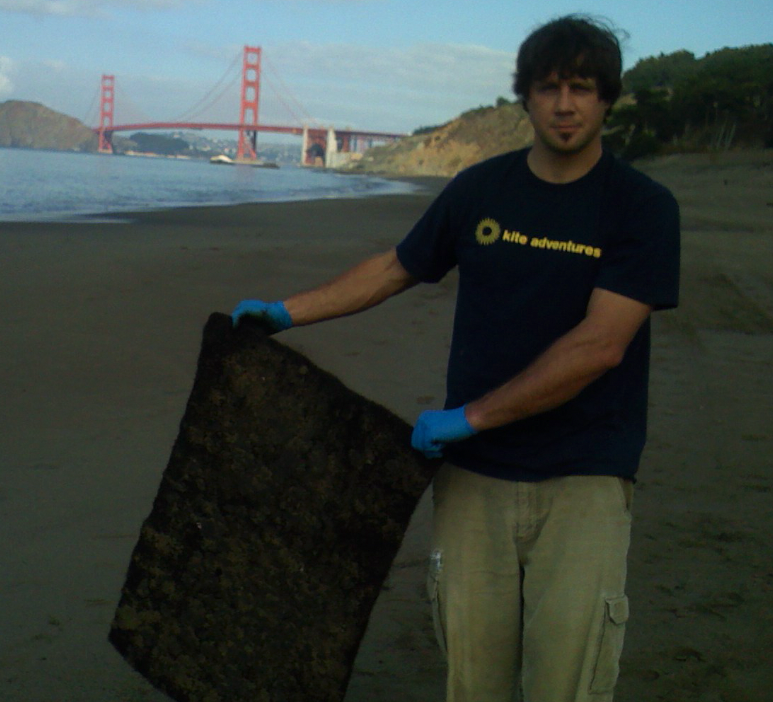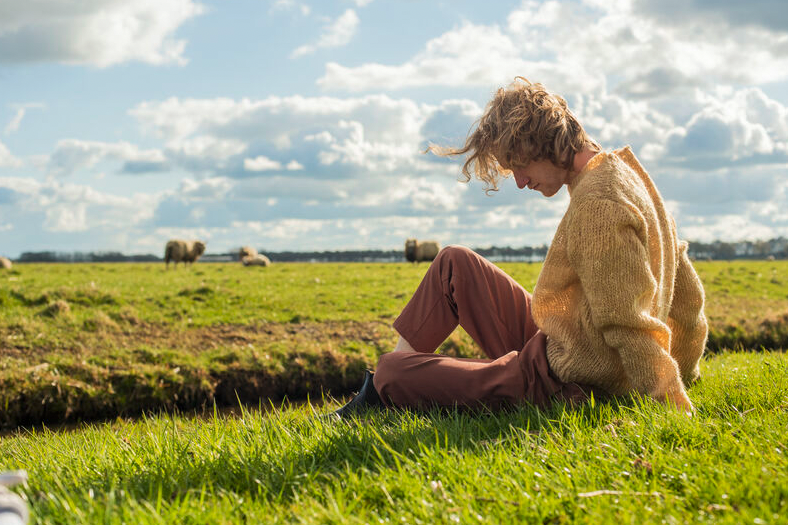Have you ever asked yourself what happens to all the hair that gets trimmed off and falls to the floor at the barber’s shop? You’ve probably heard how it goes to charitable organizations that make wigs for cancer patients going through chemotherapy. What if I told you that technological innovations have tapped into the sustainability of these trimmings? From fashion to oil spill clean-up, hair has been touted as a new sustainable raw material humanity should use.
If you’re wary about the idea of someone else’s strands being used to make clothes, you’re not alone. However, it’s important to recognize why human hair is sustainable. According to Human Material Loop, it’s non-toxic and non-irritating, meaning if you have allergies to material like wool or cotton, human hair could be an alternative to consider.
Hair also has high tensile strength, allowing it to be stretched and stitched together without the risk of breaking during production, and it’s durable against the elements. Think about how when you wash your mane and how it can be dried just by using a towel.
In terms of abundance, human hair is plentiful, with an estimated 150 million kilograms of it ending up in landfills in Europe alone. For some fashion designers and environmentalists, this is a waste of raw materials.
Combating Oil Spills
Hair’s ability to absorb liquid is significant. For this reason, Matter of Trust, an advocacy group based in San Francisco, uses it to assist with oil spill clean-up efforts.
Founded by Lisa Gautier in 1998, the inspiration for this nonprofit started with the 1989 Exxon Valdez oil spill. Watching news coverage about the disaster, Phil McCrory, a former stylist, realized the properties of hair would be crucial to removing oil from the ocean. Ten years after he conceived the concept, he partnered with Gautier to start collecting trimmings and creating the recycling system.
The process Matter of Trust uses is simple but effective. Donated hair gets packed in a sausage-like burlap sack known as a boom or felted into mats that absorb water and oil.
“We get roughly 10 or so envelopes a day,” Gautier explained in a “Business Insider” video. “We’ve been told we got a package of underarm hair from Michael Phelps on the Olympic swim team.”
Most oil spill efforts use petroleum-based mats and spray harsh chemicals that can damage ocean life; however, Matter of Trust’s method offers a different approach. Since hair can store up to 11 pounds of oil in the fibers, Matter of Trust has been contracted to work multiple oil spills in the past two decades. In 2007, they supplied booms and mats for the Cosco Busan spill in San Francisco Bay.

Photo Courtesy MatterofTrust.org
In 2010, they worked with state clean-ups in the Gulf of Mexico following the Deepwater Horizon spill, in which they received 19 warehouses worth of hair, including donations from 30 countries. Recently, they have supplied booms to city sanitation facilities to keep oil run-off from cars from dripping into storm drains and the city’s water supplies.
Fashionable Attire
On a lighter note, there are those who use hair for fashion. Designer Zsofia Kollar started Human Material Loop, a company that educates on why it is a useful, sustainable material and sells sweaters made from human hair trimmings.
“Trash is just raw material in the wrong place,” Kollar said in a presentation at the 2022 MaterialDistrict event in Utrecht, Netherlands. She recognized a need to find materials that weren’t harming the environment and were bountiful.

Photo Courtesy Human Material Loop
Based in the Netherlands, Human Material Loop researches how to transform trimmings into a textile material.
Kollar likens hair to wool but notes how people are less hesitant to sheer sheep for wool when human strands can act as the same material. She’s hoping to change that narrative.
“My work is very much about changing perspectives and challenging the perceptions of the norms,” Kollar told “Fashion United.”
Who would have thought that a new, sustainable material source was sitting atop our heads? So, the next time you get your hair cut, you might be making an impact en route to a cleaner planet.





